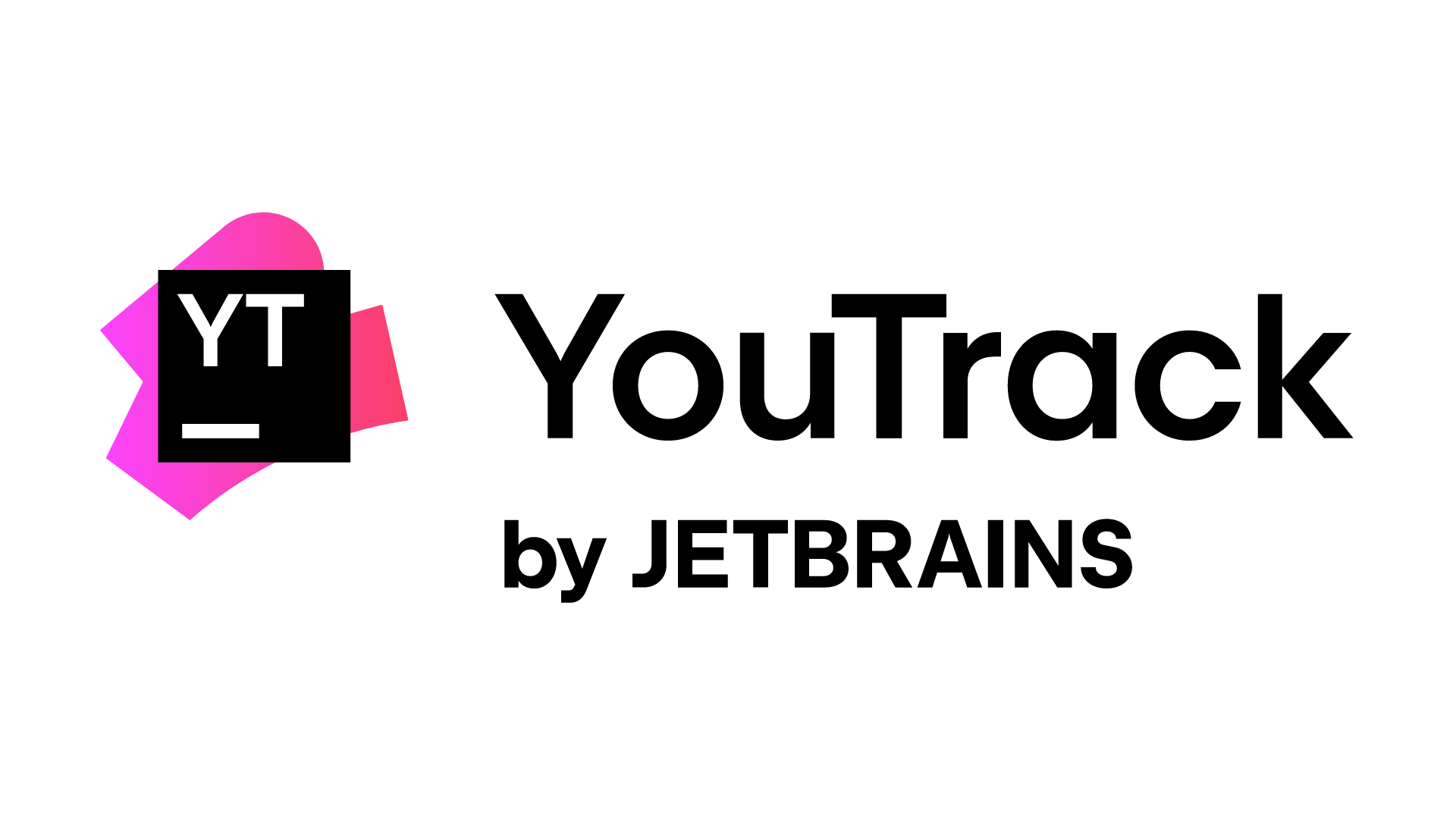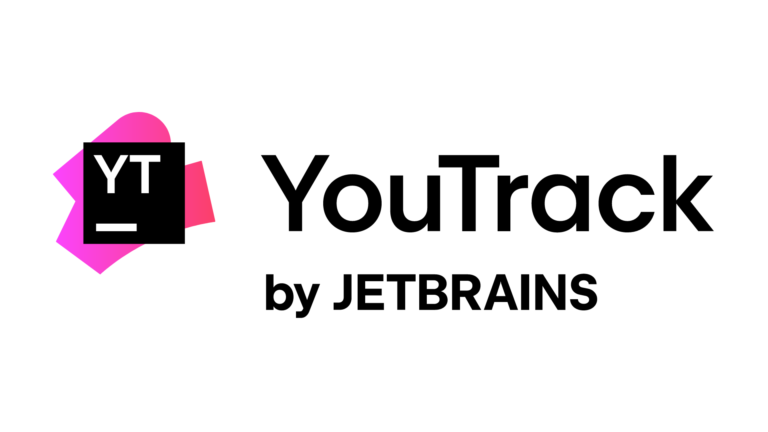Why Every Software Team Needs Issue Tracker and Project Management Software
As a software engineer, developer, manger you know all too well that every day presents new challenges. You have to fix the bugs, track the tasks, and manage the projects. But if you don’t have the right tools for the job, your work can become chaotic, leading to missed deadlines and frustrated team members. That’s where bug tracker, issue tracker and project management software come in to save the day.
These handy tools will help you maintain order and efficiency in your projects, by centralising your tasks and communication. This ensures that everyone on your team is on the same page. In the following sections, I’ll explain why these tools are so important in software development and how they can make your work easier.
The Necessity of Issue Tracker
Let me tell you about the amazing role issue trackers play in software development. They help us manage a whole range of issues, not just bugs. Unlike bug reporting, which focuses on identifying and describing bugs, and bug tracking, which manages and resolves those bugs, issue tracking encompasses all aspects of the Software Development Life Cycle (SDLC).
This includes things like planning, requirements gathering, designing, prototyping, development, testing, deployment, and maintenance. So, issues can be anything from user and business requirements, product goals, sprint goals, user stories, job stories, test cases, project management problems, technical defects – basically, any task related to product development.
Let me give you an example. In Jira, issues are categorised by default into user stories, tasks, bugs, subtasks, and epics. Each category is there to help you deal with a specific type of issue.
- User stories: User stories are perfect for capturing specific user needs.
- Epics: Epics are there to represent large bodies of work that can be broken down into smaller tasks.
- Tasks: Tasks are great for representing actionable work items.
- Subtasks: Subtasks are perfect for breaking down larger tasks.
- Bugs: Bugs are there to highlight any defects.
YouTrack categorises issues in a similar way, but with some differences. By default, issues are categorised into seven types: Bug, Cosmetics, Exception, Feature, Task, Usability Problem, and Performance Problem. Each category addresses a specific type of issue:
- Bug: Identifies and tracks defects.
- Cosmetics: Captures minor visual or aesthetic issues.
- Exception: Records unexpected errors or crashes.
- Feature: Tracks new functionalities or enhancements.
- Task: Represents general work items. Tasks are used to break down epics and features into smaller parts.
- Usability Problem: Highlights issues affecting user experience.
- Performance Problem: Focuses on issues impacting system performance.
- Epic: Groups related tasks and features into large projects.
We all know how important communication and collaboration are in any team, so let’s make sure we keep everything in your development process organised and on track with an issue tracker! By categorising and tracking diverse issues, you can maintain a clear overview of your project’s progress, prioritise tasks effectively, and ensure that both technical and business requirements are met.
Issue tracking software is a fantastic way to make sure nothing gets forgotten, from feature requests to critical bugs. It also makes sure everyone has all the information they need about the project’s status. So with an issue tracking tool, you can make your workflow easier, boost productivity and create top-quality software with greater efficiency.
Project management software
This leads us to project management software that builds on top of issue tracking. Project management software is great all-in-one tool in the world of software development. It offers all kinds of handy features that make it really easy to get things done. It allows for different teams like softwarae development, marketing, sales, quality assurance, support, product and project management or design to collaborate together in the same tool. It’s like having a central hub where you can coordinate efforts, prioritize work and keep an eye on all those project milestones in real-time.
Here are just a few of the things it can do:
- Issue tracking: This is a great way to manage and resolve technical defects, user stories and tasks throughout the development lifecycle.
- Dashboards for Analytics: Providing a visual overview of project status, key metrics, and team performance.
- Charts for monitoring progress: Visual representations such as Gantt charts or burndown charts to track progress and identify potential bottlenecks.
- Knowledge base: A handy place to store all your documentation, best practices, and project-related information, so you can easily access it when you need it.
- Time tracking and reporting: It’s super easy to record how long you spend on tasks and generate reports for analysis.
- Integration with other tools: You can seamlessly integrate with development tools, communication platforms, and version control systems, which makes your workflow more efficient.
We all know how important it is to have a smooth workflow, and using integrated solutions for bug tracking, issue tracking, and project management is a great way to make that happen! We’ve got you covered with these combined tools, to make your life easier! They’ll help you to keep things simple and make sure you’re all on the same page when it comes to managing your projects.
Integrated solutions are absolutely amazing because they provide so many benefits!
- Unified interface: You’ll be able to access all your tools from one handy platform, so you won’t have to switch between different apps.
- Data consistency: You’ll always have the most up-to-date data from all of your projects that are in perfect sync with each other.
- Keeping things transparent: You’ll get a clear picture of how your project is doing, so you can make better decisions along the way. This will help to make sure that everything is on track and running smoothly! This is a really important part of the process, so it’s really important that everyone puts their inputs into the platform.
Introducing YouTrack by JetBrains
YouTrack by JetBrains is an amazing integrated solution for bug tracking, issue tracking and project management. YouTrack is easy to use and has lots of customisation options. It also integrates well with other development tools.
I chose YouTrack for my small engineering team because it has all the features we need and it’s easy to use!
I tried Redmine, EasyRedmine and Jira before, but YouTrack just felt like the right fit for us. I love
- UX – everything is easily accessible with one click, which is great!
- Speed: The speed is super fast, which is really important to me.
YouTrack Tutorial Series
As I use YouTrack every day and enjoy it, I would like to share my joy and inspire you to start using YouTrack too, if you can. So I will start writing articles about YouTrack as a tutorial series.
We’ll start with the basics and then move on to more advanced features. I use YouTrack for myself, so I’ll show you exactly how I use it. I’ll share lots of tips and tricks in each blog post, along with short explanations and video demonstrations.
I’m excited to share this series with you! By following this, you’ll learn how to use YouTrack to its full potential. Join me on this journey to improve your software development workflow and achieve greater efficiency and project success.


How can teams choose the most suitable issue tracking and project management tools that align with their specific workflows and project requirements? andd what are the best practices for customizing issue categories and workflows to fit unique team processes ?